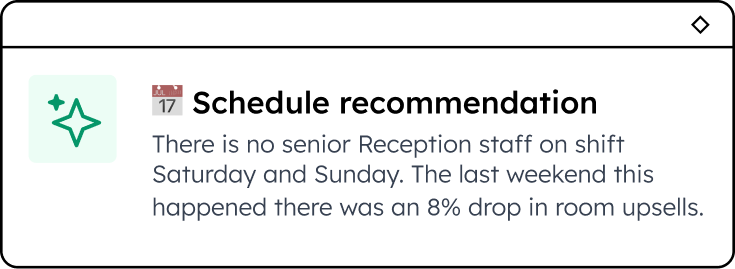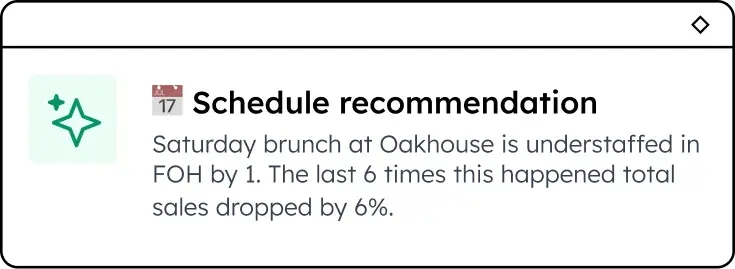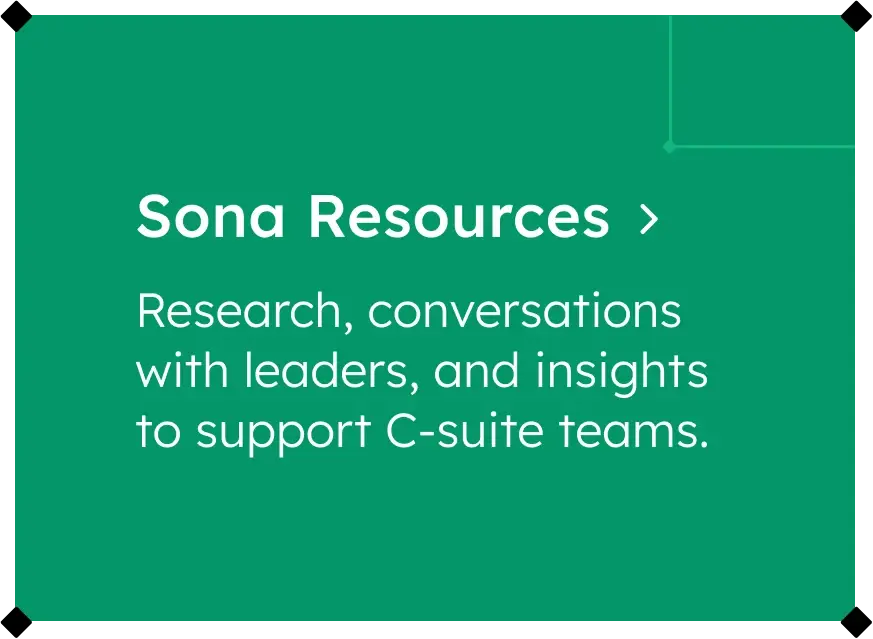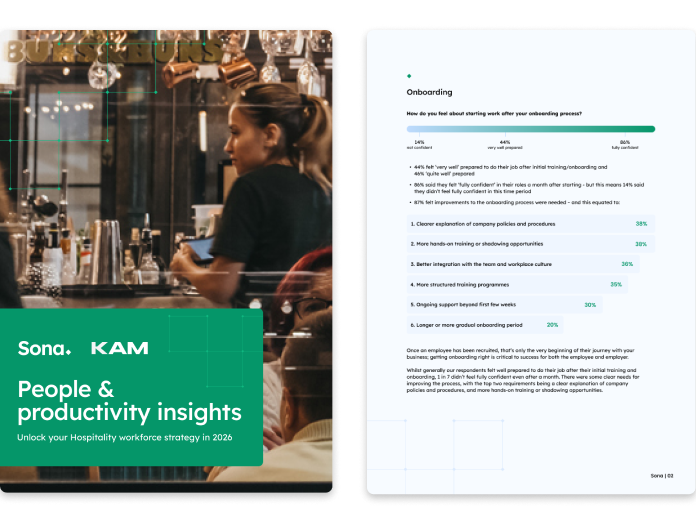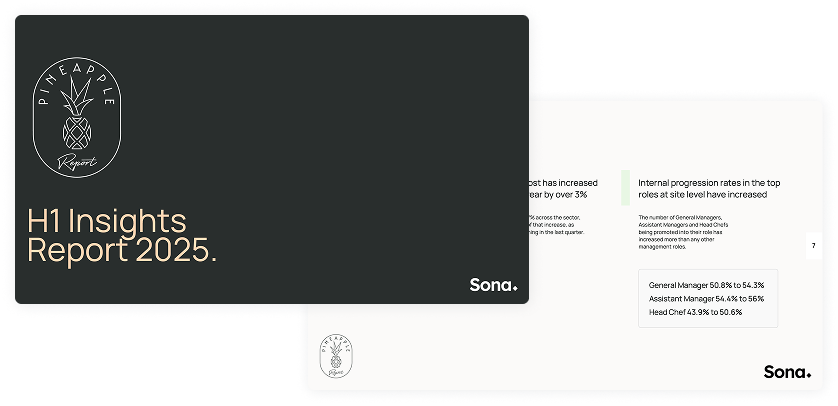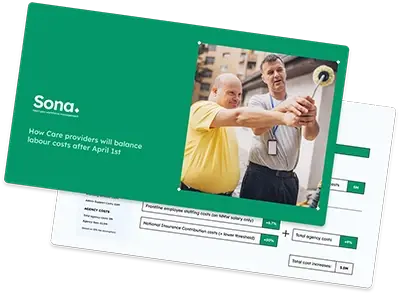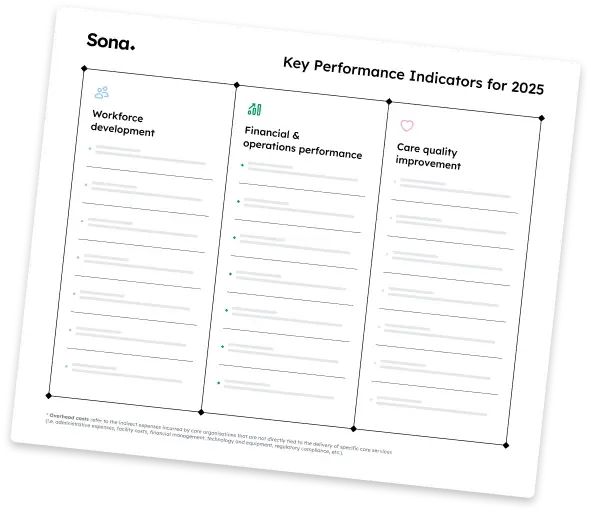Insight, Social Care, Digital Transformation
A quick guide to onboarding new software for frontline workers
Modern workforce management software can bring a host of benefits to your organisation.
4 minute read
But the benefits of bringing in new technology can only be fully realised if everyone embraces it and adoption is high.
Ensuring frontline employees have a great onboarding experience can make all the difference and save everyone a lot of pain down the road.
Our team has amassed decades of experience rolling out technology to frontline workforces. So we wanted to share that with you in this quick guide to onboarding new software.
What does a good onboarding process look like?
Every organisation will have different needs, but we have found that you can't go far wrong by following these best practices:
-
Take a phased approach
-
Prepare your organisation well in advance
-
Communicate the why as well as the what
-
Empower champions and embrace critics
-
Put the right support in place
-
Make it fun
-
Review and refine as you go

Take a phased approach.
You've probably spent a significant amount of money on your new software, and you're excited about how it can help your organisation. So it can be tempting to want to deploy it far and wide as quickly as possible.
In our experience, staggered launches tend to get better results. We recommend starting with one smaller test group, as this allows you to test your plan and apply what you learn to the broader rollout.
Assuming this first phase goes well, you then have a success story you can share to win over any sceptical colleagues (more on this below).
A phased approach also enables you to channel your resources more effectively. It's better to have high adoption across two sites than low adoption across ten.
Prepare your organisation well in advance.
In 2013 Beyoncé surprised everyone by releasing a new album that she had never previously announced or publicised.
Don't be like Beyoncé (not something we say often!).
The majority of employees are opposed to change - 62% don't like leaving their comfort zone. So asking them to do something new with no prior warning isn't likely to go down well and will probably make the sceptics even more resistant.
Think of the rollout like you're releasing a blockbuster movie:
-
Start talking about the project openly well in advance of your go-live data
-
Be clear about what to expect and when to expect it
-
Don't rely on a single update - communicate regularly in multiple formats
-
Aim to go beyond the practical information to generate anticipation and excitement for the project (see 'Make it fun')

Communicate the why as well as the what.
With so much vital information to share with your teams, it can be easy to focus solely on telling them what the software is and what you need them to do.
Don't forget to explain why the organisation has chosen the software and how using it will benefit each individual. Try to be as specific as possible; the most compelling advantages often vary by role type.
Empower champions and embrace critics.
Identify your biggest internal advocates early and encourage them to be as vocal as possible. Enthusiasm is infectious, which will give your project early momentum and help you win over more resistant team members.
Establish a healthy dialogue with more critical colleagues, too. They might also be influencers - but against your project - so bringing them onside will make your life easier. It's also very likely that they have reasonable concerns and objections, so listening to them can improve your rollout process and communications.

Put the right support in place.
Teething issues are inevitable with any new software. How problems are addressed will have a more significant impact on the rollout's success than the problems themselves.
Work closely with your software provider's account management and customer support teams to agree on roles, responsibilities and processes for handling staff queries.
And make sure everyone knows where to find troubleshooting information and access support as part of your onboarding communications.
Review and refine as you go
Don't just follow your initial plan blindly. If you can't access it on your own, your new software partner should be able to provide you with regular reports with usage and adoption data.
Let the data guide you. For example, if there's noticeably lower engagement for a specific role or location, speak to those users, find out why and fix what you can.
Do the same for your best-performing groups, as you may discover ways to improve the experience for others and uncover great ideas for this or future rollouts.
Make it fun!
Injecting a sense of fun into the rollout doesn't just make the experience more enjoyable - it could help you get better results.
You could consider:
-
Running a friendly competition - e.g. the first location to hit 100% adoption wins a prize
-
Giving your rollout a fun project codename and/or internal brand (Project 'Breezy Badger', anyone?)
-
Finding creative ways to celebrate your project milestones
Getting onboarding right is vital to the success of any digital transformation project.
70% of all change programs fail due to employee resistance, according to McKinsey estimates. But, like most interactions, creating a fantastic first impression goes a long way to securing the goodwill needed to get through the riskiest period - the initial rollout.
We hope this guide will help ensure your next project doesn't suffer the same fate!
Enjoyed this article? Let's stay in touch 👋
If you liked this article, why not subscribe to our newsletter to get the latest news and views delivered straight to your inbox?

